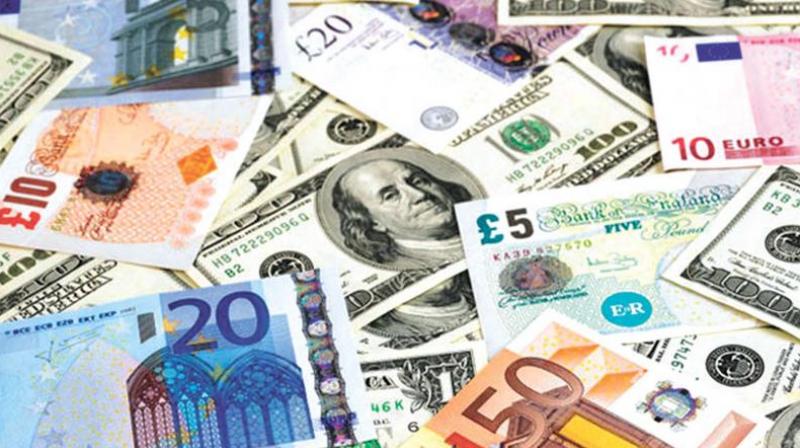Invest in large caps as foreign inflows may soar

It is a heartening sign. The sovereign credit rating got upgraded to Baa2, from Baa3). It is a one notch upgrade. The upgrade comes after years. It is an acceptance of the fact that in the last three years, economic reforms have been of a high quality. It gives faith to the rating agency that we can manage to live within our means, with reasonable debt that can be regularly serviced. This is noteworthy for an important reason that it comes at a time, when there is global economic weakness and every nation is actually spoiling its creditworthiness in mistaken efforts to sustain growth or stop a slowdown.
Some chronic ills have been addressed. Whether it is a clear shift from subsidies to direct transfers, using digital technology to minimize waste in targeted subsidies and taking important steps to clean up the public sector banking space. The shift to GST is another event that is seen to be positive. I am not commenting on where the rating was or where it ought to be. The important thing is that it is a rare upgrade in difficult times. What is means is that it imparts confidence to capital. It will enhan-ce the flow of capital to India. In my view, the single important thing that India needs is capital and this event boosts that. Thus, the benefits are going to be permanent and long lasting.
The rating changes sometimes tend to be self-fulfilling. For instance, a Triple A rated entity attracts most money on best terms, helping it to grow faster and remain healthier. Similarly, this rating upgrade to our sovereign is also an indirect pressure that we continue this path. Just to jog our memories, the Vajpayee regime has started to free the oil sector by freeing petroleum pricing. Unfort-unately, a looming election halted that reform. And it took ten years to restore.
Thus, credit ratings are a reflection of things that happen outside a fiscal budget and cause long lasting impact on the fiscal situation in the future. I can always argue that India’s sovereign rating should be at A2 rather than Baa2, but do not have enough facts or views to challenge them. Ultimately, it is an independent agency’s opinion and one has to accept it.
In the market place, the level of ratings decide cost and availability of money. Many large investors and lenders base their decision on the credit rating levels. Thus, a higher level means more money at a lower cost. Further, at this borderline investment grade rating (Baa3 to Baa1), there would be many who feel psychologically more comfortable with a Baa2 than a Baa3. The logic is that Baa2 is at least two steps away from ‘junk’ and hence there is enough time to get out should something go wrong. The pricing and availability between “investment” gr-ade and ‘non-investment” grade is very wide. Many doors just shut when there is a ‘non-investment’ grade borrower.
The rating upgrade is very positive news for the stock markets. While it may take more time for co-mpany earnings to catch up with the heightened valuations, this ratings upgrade would improve the flow of money in to the markets and keep the valuations in the upper ranges. This upgrade probably helps the markets to build a base. Earnings improvement is still some time in to the future. Only thing is that there would be some short term build up of momentum. Focus on large cap stocks. As new money comes in, liquidity flow in the markets will shift in favour of large companies rather than small companies. Small company stocks may still soar, but the risks will keep increasing. As investors, sticking to high quality continues to be important. Rating upgrade does not increase earnings. Valuations still continue to be challenging. When liquidity drives the markets, it is difficult to focus on quality.

